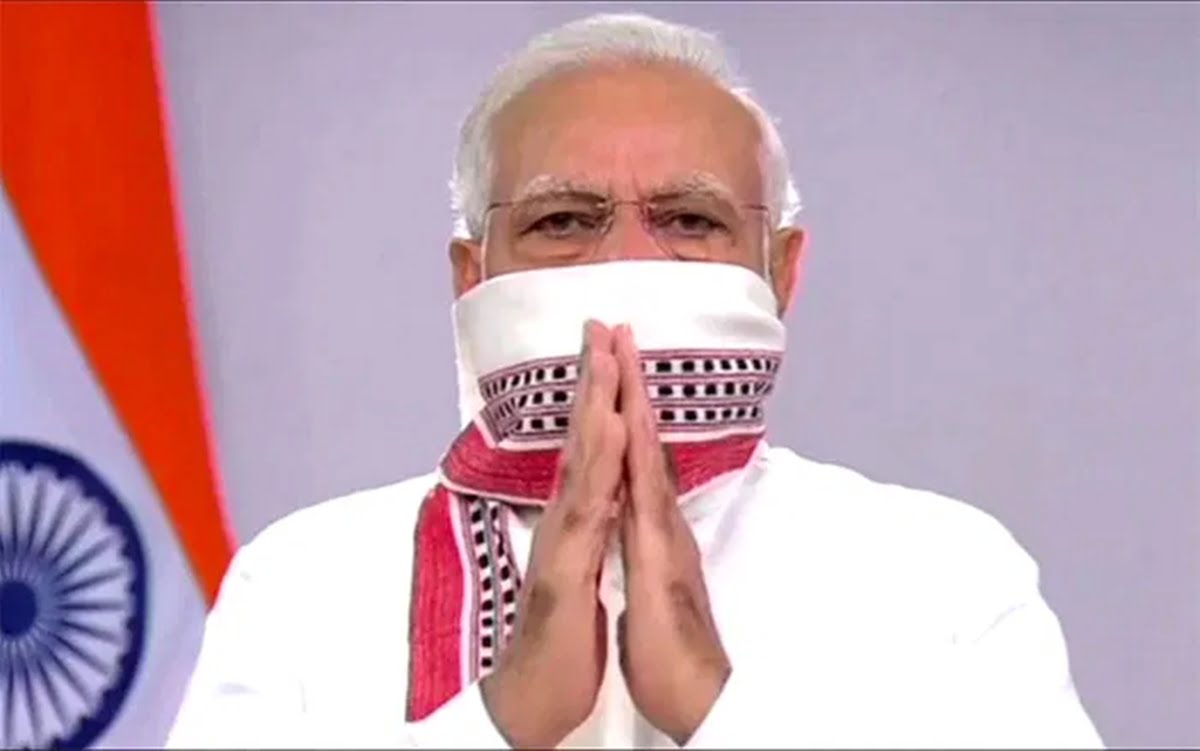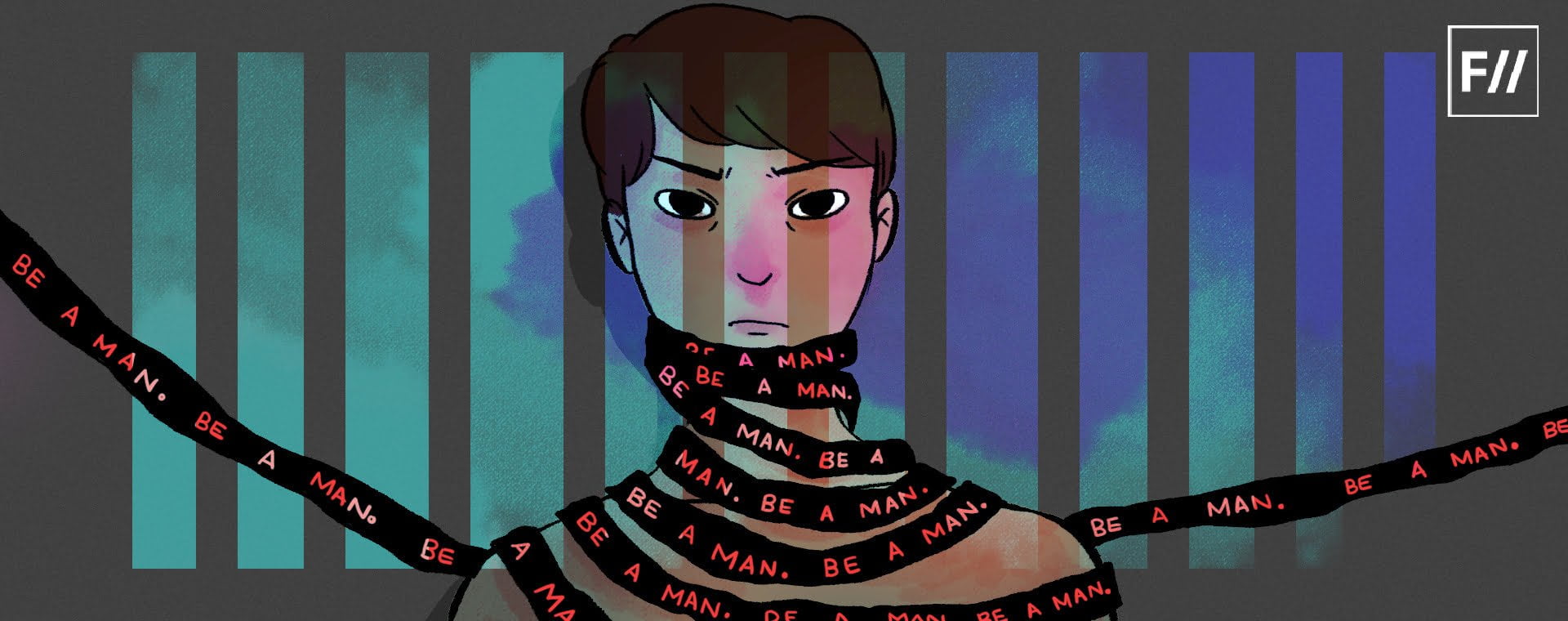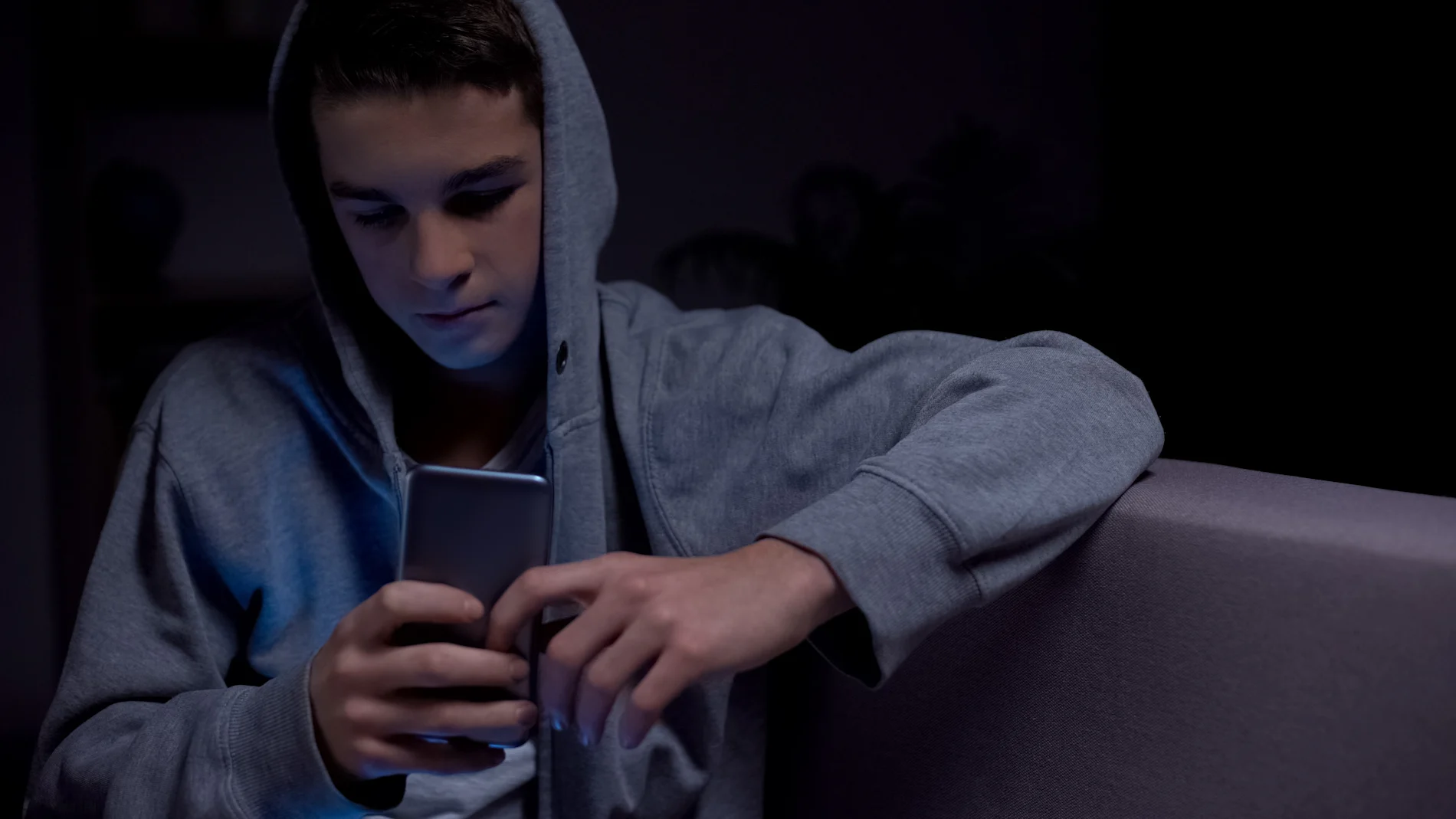I witnessed how the responses in my own families and many others during the COVID-19 pandemic was predominantly masculine and worked towards looking at everyone outside as “others” in order to protect oneself. However, this response cannot be observed in isolation since the state and media are actors that played a central role in building such a narrative. The response by the state was laden in perpetuating hegemonic masculinities. Hegemonic masculinities give importance to traits such as toughness, heterosexuality, and the rationale and ability to resolve any situation: all of which are identified as synonymous to the position of men in our society. From an intersectional perspective, this is also used to justify the subordination of women and the members of lower caste communities. This subordination had only increased during the pandemic and subsequent lockdown. Through this article, I attempt to analyze how the state structures’ response to COVID was masculine.
Also read: Analysis: The Social Inequities That COVID-19 Pandemic Exacerbated
Downplaying COVID-19
The response of the Prime Minister and the government influenced very much how our families responded to the COVID-19 pandemic. This can also be because of how the media reinforced and praised (instead of critically evaluating) all the methods taken by the government. Until the declaration of lockdown on March 22, 2020, rumours had it that the seriousness of the repercussions of contracting the virus was downplayed. When the government declared lockdown, both the state and many families started believing that the virus was more than just a common flu. When the Prime Minister asked everyone to bang utensils and burn diyas, everyone believed that it would make the virus less effective. Many families were believing everything that the government said and media highlighted, because these were among the predominant sources of credible information available.
When the government declared lockdown, both the state and many families started believing that the virus was more than just a common flu. When the Prime Minister asked everyone to bang utensils and burn diyas, everyone believed that it would make the virus less effective.
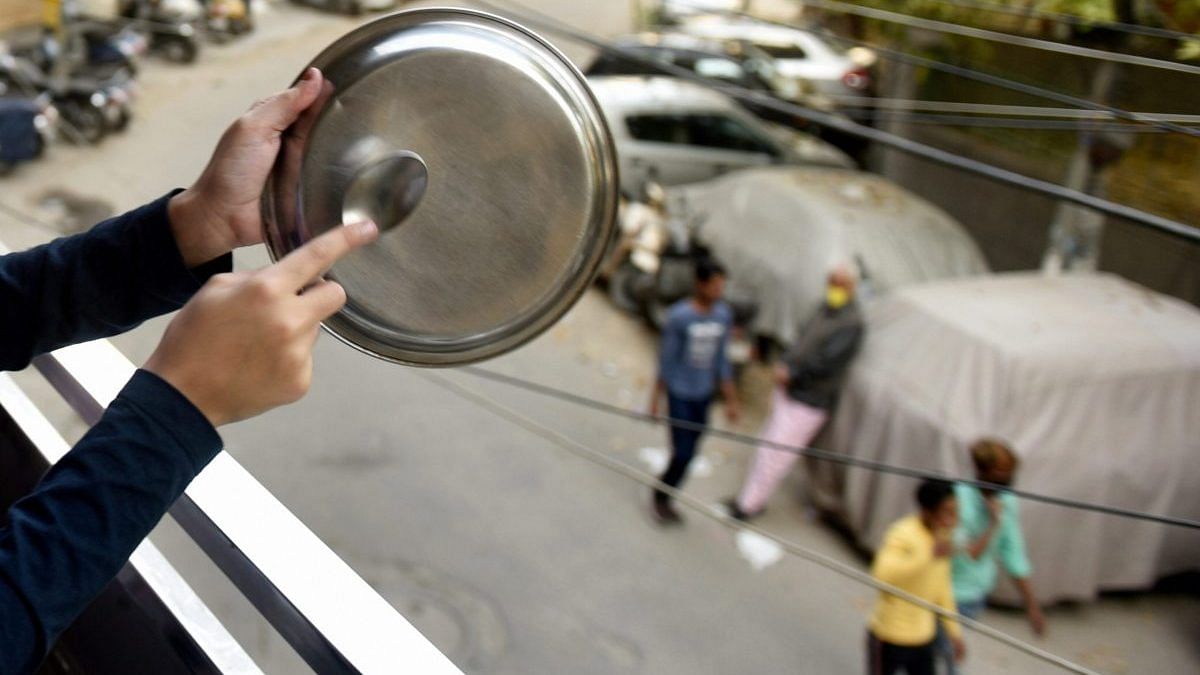
Prioritisation of COVID
At the same time, the sudden prioritisation of the COVID-19 pandemic meant that all our lives came to a halt. Many of our relatives who were immuno-compromised could not visit the hospitals for regular check ups and appointments. Since they were not comfortable with online modes of communication, it meant that their health suffered. At the same time, there was a lot of fear attached to them stepping out of their homes. Menstruators could not step out to buy sanitary pads and their reproductive health was also hampered due to lack of access to hospitals and clinics. The government’s order on ensuring that only essential items and services should be made available during the first lockdown meant that many factories around the country stopped producing sanitary pads which led to its shortage. The sudden prioritisation also ignored the needs of daily wages workers due to which they had no option but to walk back home in what was a shocking exodus of helpless migrants witnessed by the entire world.
War Against Pandemic
The state’s response to the pandemic was enforcing the Disaster Management Act, 2005 through the police. With it, law enforcement mechanisms like the police got an opportunity to control the citizens and this would often pan out in violent ways, especially towards the marginalised sections of the population. The police officers were given a free hand to prevent the spread of the virus which meant that they increasingly resorted to violence as a preventive measure. The government had also started imposing fines on the individuals who were stepping out of their homes. According to TheHindu, the Chennai Police had collected a fine of 10.42 crore till June 6 from those who violated the lockdown. By using the terminology of “battle against the pandemic”, the government also made it easier to escape accountability by referring to those who died due to COVID-19, specially healthcare workers, as “martyrs” and their “sacrifice”. Ironically, the state’s response was to take action against healthcare workers who were speaking against the government and talking about the poor facilities provided to them.
The enemy
This war against the pandemic also allowed the government to treat the marginalised sections as the enemy or the ‘othered’ community who were spreading the virus. Media and government also played a role in creating apathy towards the poor and vulnerable communities. Apart from the villainisation of Muslims especially when Tablighi Jamaat gathering was found to be a hotspot, various sources blamed the working class communities such as domestic workers, vendors, delivery persons and anyone who came in contact with a lot of people as carriers of the disease. This villainisation was reflective of the government’s apathy towards the poor. The government also used this opportunity to pass a judgment that allowed for all the kaccha houses near the railway tracks to be destroyed as those dense places were ‘breeding ground’ for the virus. The already poor concern and care for the poor and marginalised sections was replaced by health concerns of our families. At times when a feeling of belongingness was needed to prevent the transmission of COVID-19, this apathy created a sense of ‘each one for their own’.

Increased Control and Surveillance
The use of the Aarogya Setu application meant that state structures had access to collect personal details as part of their “preventive measures”. An entire surveillance mechanism was created and used by the state whose repercussions could be greater than of the pandemic. For example, in Singapore, the government stated that they might use the information gathered by contact tracing application for criminal procedures. Over the past few months, various state governments have also started implementing night curfews which will potentially not help with controlling transmission of virus but only restricting the mobility of residents.
The use of the Aarogya Setu application meant that state structures had access to collect personal details as part of their “preventive measures”. An entire surveillance mechanism was created and used by the state whose repercussions could be greater than of the pandemic.
Also read: How COVID-19 Maginified The Performance Of Toxic Masculinities In My Family
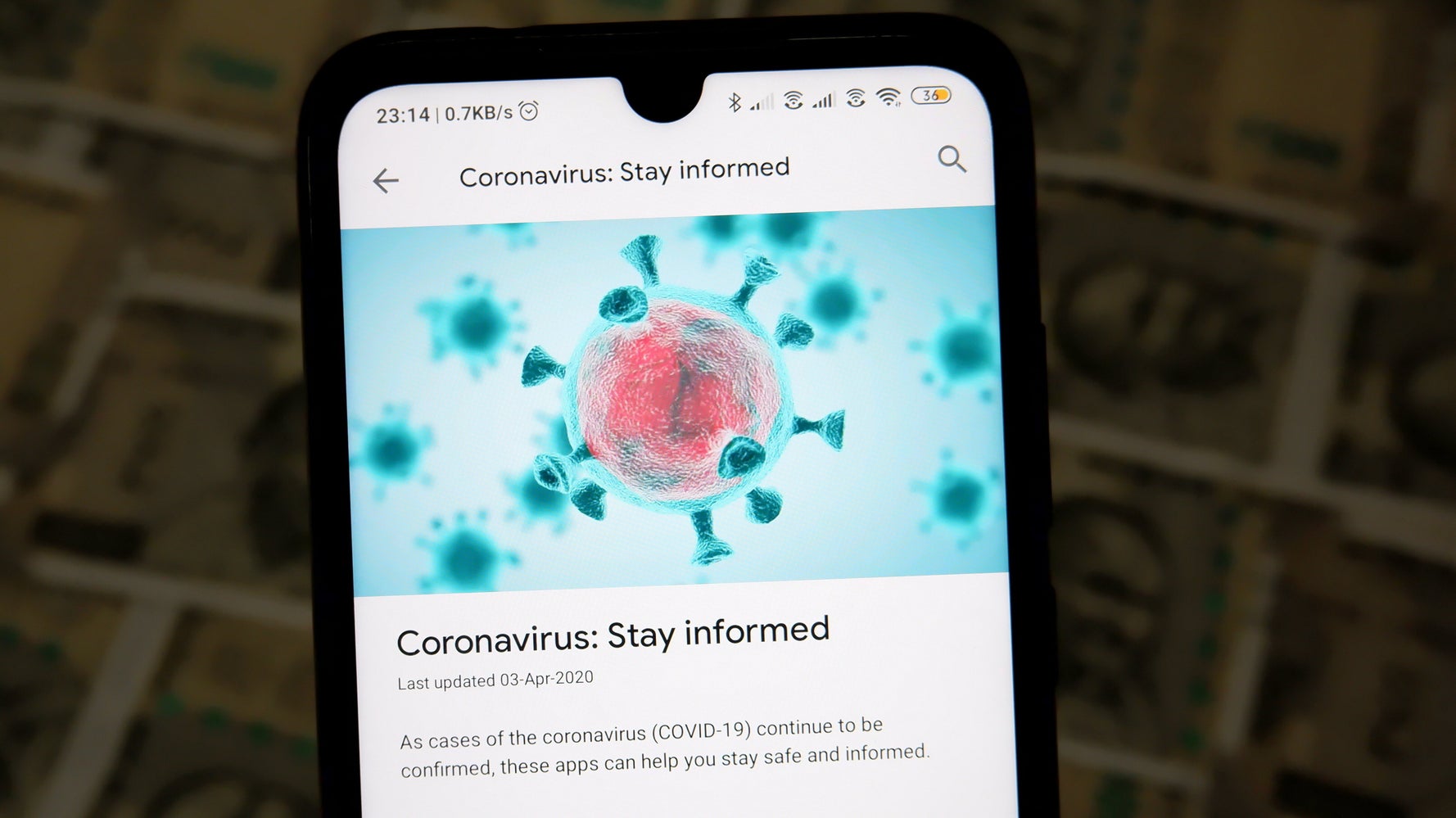
Conclusion
The masculine response by the state relied on two features. Firstly, the virus was considered an individual issue rather than a community issue. This meant that those who were infected with the virus were often ostracised and treated poorly which made it more acceptable to not get tested rather than getting tested positive and staying put. This also meant that wearing a mask became about one’s own comfort rather than a protective measure for everyone else. Due to this, there was no solidarity among the different sections of the community. Secondly, the state worked towards preventing the spread of viruses through methods that relied on control and surveillance, under the pretext of safety. A better response to this would have been to communicate with the people and controlling the pandemic before it gets out of hand as was done in New Zealand, under the governance of Jacinda Ardern.
Siddhant pursued their masters from Tata Institute of Social Sciences. They love reading and writing about mental health, labour, and development. They enjoy interacting with people despite the constant burden of social anxiety. You can find them on Twitter and Instagram.
Featured image source: OpIndia
